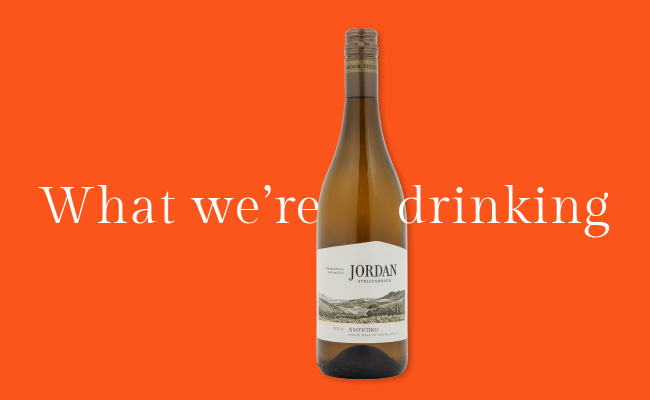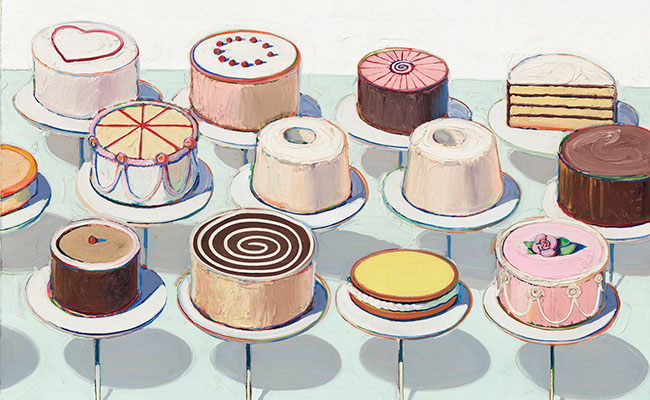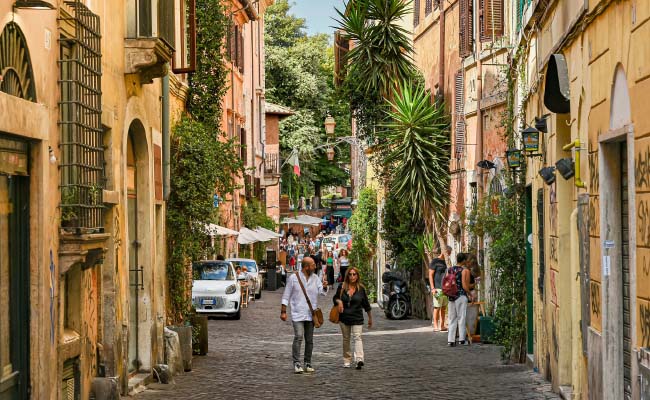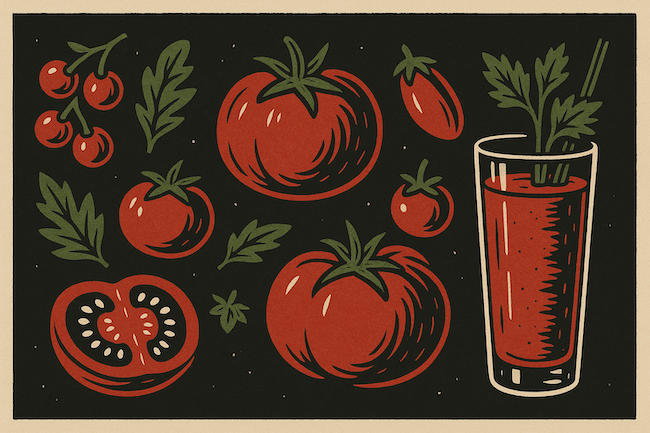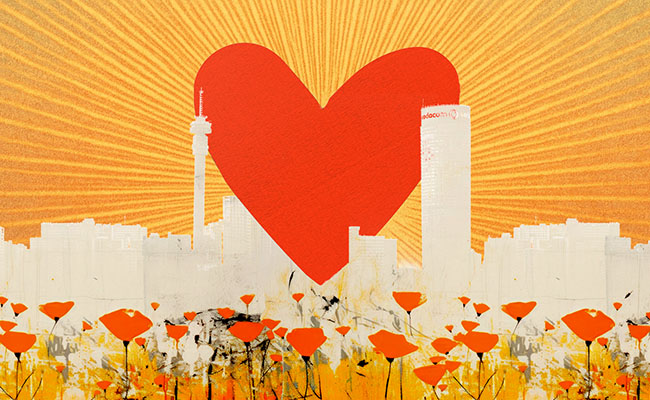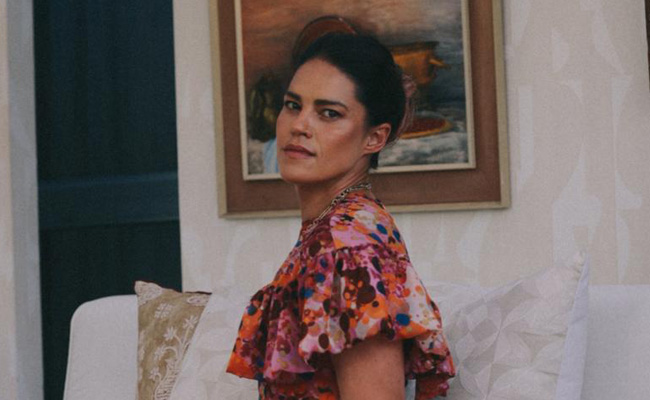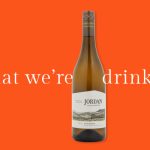We know Strauss & Co for secondary‑market art sales, but since 2019 the auction house has also been quietly building a strong reputation in wine. Their online auctions – addictive if you follow them – have featured everything from mid‑20th‑century Cape reds to fancy French vintages, and even ports older than Johannesburg.
For the wine‑curious, what does this surge in the value of rare bottles mean? And what does it tell us about the South African wine market and its potential as an investment? Strauss & Co’s data – and the experts who know this market best – shed fascinating light on what’s going on, and where a newcomer might begin.
The backstory
“South Africa has not traditionally had a wine‑collecting culture and there is a relatively low volume of stock bought for maturation,” says Strauss & Co senior wine specialist Roland Peens. For decades, collectors traded privately, prices were loosely understood, and wine as a serious asset was mostly confined to foreign markets and a handful of local fundis. That started to change when Strauss & Co expanded into wine in 2019.
Since then, more than 68,000 bottles have been sold on the platform at an average of around R2,000 a bottle, with sell‑through rates close to 90% (including Cape Winemakers Guild auctions from 2022–2024). This is no longer a niche curiosity but a growing market – and while the focus is proudly local, heavyweight wines from France, Australia and beyond now appear too, placing South African vintages in a global conversation they have long deserved.
A liquid history, rediscovered
These sales have revealed a remarkable timeline of South African winemaking – not just in written records, but in the bottles themselves.
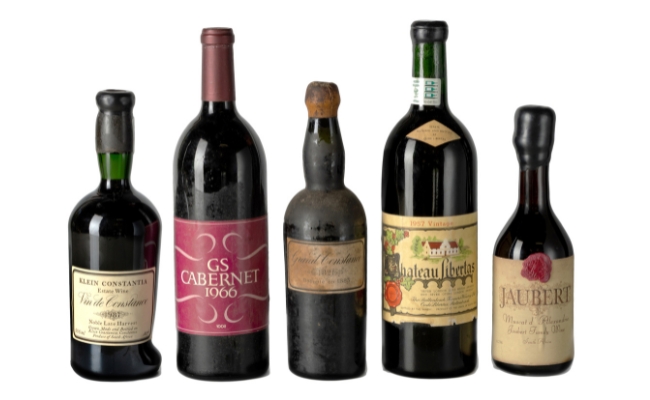
Recent highlights include Constantia sweet wines from 1791 and 1821 (Napoleon was a fan), which fetched R287,500 and close to R1-million respectively. The legendary GS 1966 Cabernet – now a cult bottle – has become one of the country’s most expensive reds (R91,040), while mid‑century vintages of Chateau Libertas have surprised collectors and reminded us how deep and diverse our wine heritage really is.
“People think of Chateau Libertas as the everyday wine you used to see on supermarket shelves,” says Peens. “Yet some of those bottles from the 1950s and ’60s are actually great wines. It shows the potential of the South African industry – even simple wines that were not coddled like a lot of wines today have aged incredibly well.”
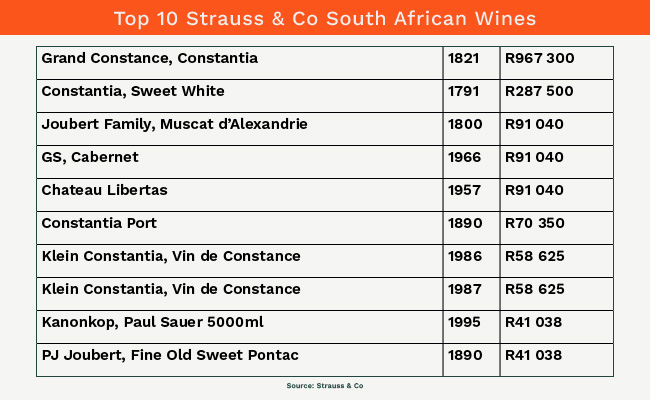
Why sweet Constantia commands millions
When it comes to those record‑breaking bottles of Grand Constance, Peens is clear about their allure. “They’ve got good brand equity around the world, and brand equity is very important. They get highly rated and reviewed by the critics. Sweet wines and fortified wines tend to age very well. People collect them and you get older bottles on the market. Also, it must be said that when the 1821 was made, it was the most famous wine of its era – and basically the best wine in the world.”
The one million‑rand bottle was the only one seen by the industry in 60 or 70 years – a once‑in‑a‑lifetime find that understandably commanded a staggering price.
An asset class
Internationally, fine wine has long been viewed as an alternative investment – somewhere between art and gold in its potential to appreciate over time. South Africa is only now catching up.
“There’s no doubt we produce age‑worthy wines, but we’ve historically drunk them too young – even in fine-dining environments,” says Higgo Jacobs, sommelier and part of Strauss & Co’s wine team.
Peens, too, notes that cultural attitudes are shifting: “In countries like France or Spain, wine is such a big part of their way of life. It’s a serious industry for those countries, and we don’t have that. We almost have the opposite where wine is bad, where it’s liquor and we’re seen as actually doing harm.”
That perception is slowly changing. The auctions have helped change that by offering vetted stock, proper storage and – for very old bottles – even re‑corking in partnership with Amorim Cork.
Headline‑grabbing million‑rand sales aside, most auction lots fall far below that level. Strauss regularly offers mature, cellar‑worthy wines for as little as R300 – creating genuine opportunities for collectors at every price point. Producers such as Kanonkop (especially Paul Sauer vintages), Sadie Family, Meerlust, Klein Constantia, Alheit, Vilafonté and Mullineux have emerged as reliable bets, with many 1990s and early‑2000s vintages still relatively accessible.
Peens’ practical advice for newcomers is simple: “The more you know, the more you see. Start by going to tastings, learning the stories behind the wine, and understanding why people love it and why it gets so expensive. We’ve had many clients start like that – a little bit here and there – and over time it becomes something meaningful.”
The current state
As Peens puts it, “No region is considered mature without an established secondary market.” For the South African wine industry, the growth of that market signals a significant turning point – one that reflects both the quality of what we produce and the way it is finally being valued at home and abroad.
The profile of buyers is shifting too. The stereotype of the older, smoking‑jacket collector is giving way to a younger, investment‑curious audience. Online bidding has opened the market to international buyers, and long‑hidden private cellars are being released into circulation – often revealing extraordinary bottles in pristine condition.
For drinkers, this means access. For collectors, it means traceability. For the industry, it signals legitimacy.
Sweet and fortified wines – long overlooked – are enjoying a renaissance, becoming blue‑chip collectables in their own right. At the same time, the market is undergoing “price discovery” for more modern icons: wines from the early 2000s and 2010s that are just now hitting their stride. As international recognition of South African wine grows, today’s mid‑tier reds could very well become tomorrow’s auction darlings.
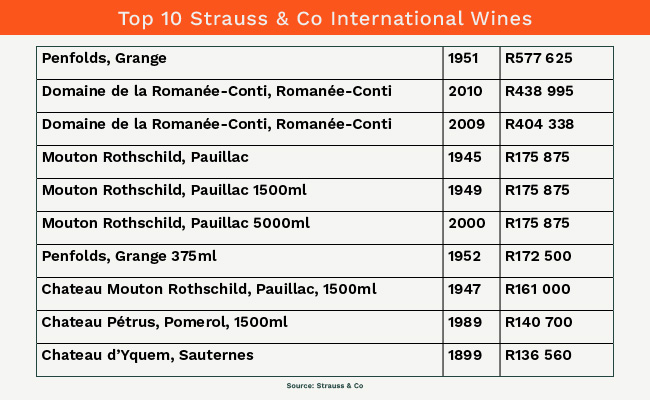
Sign up to Currency’s weekly newsletters to receive your own bulletin of weekday news and weekend treats. Register here.





